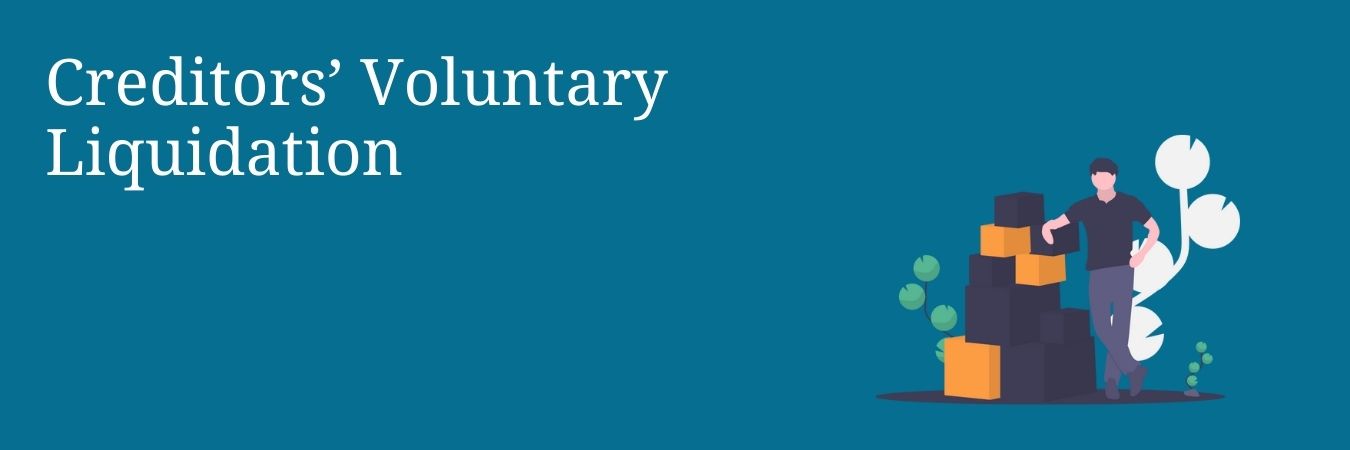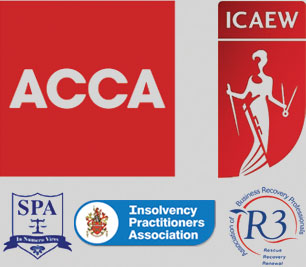
A Creditors’ Voluntary Liquidation (CVL) is a formal process that results in the liquidation of an insolvent company. The company ceases to trade and its assets are sold off in order to repay creditors.
An insolvent company is a company which is either unable to pay its debts as and when they fall due or one whose debts/liabilities exceed its assets.
The CVL can only be initiated with the guidance of a licensed insolvency practitioner, who acts as the company’s ‘liquidator’. The liquidator’s role is to oversee the sale of assets and distribute the proceeds to creditors.
The directors initiate the CVL process. Shareholders resolve to place the company into CVL and creditors are entitled to vote on the proposed CVL. If creditors do not object to the directors’ choice of liquidator then the CVL will proceed.
Once a CVL has been approved, the company’s assets are sold and the proceeds are used to repay creditors. Creditors are paid in order of priority, with preferential creditors usually being paid first and then secured creditors, followed by unsecured creditors. The employees, pension scheme and HMRC are usually preferential creditors. .
If there are insufficient funds to repay a class of creditors in full, they will receive a pro-rata share of the funds. Once all funds have been distributed, the company is officially dissolved and ceases to exist.
A CVL is a formal process that can be complex and time-consuming. It is important to seek professional advice before proceeding with a CVL in order to ensure that it is the best course of action for your company.
What happens during the CVL?
When a company enters CVL, a licenced Insolvency Practitioner called a liquidator is appointed to oversee the process. The liquidator’s primary role is to realise the company’s assets in order to repay its creditors.
The liquidator will also review and investigate the affairs of the company and submit a report to a government department called the Insolvency Service on the directors’ conduct.
If the company does not have enough assets to cover its debts, these debts will be written off.
Once a company enters into a CVL, all of its employees will be made redundant and it will no longer exist as a trading entity.
Sometimes directors will provide personal guarantees (PG) for company creditors. Banks and trade creditors are frequently asking for PGs when they provide credit to companies.
If PGs have been given, these will crystallise at the point of liquidation and responsibility for repaying this borrowing will fall to the individual who provided the PG which would typically be the company director.
It is important to note that a CVL is a serious legal process and should only be considered as a last resort. If you are considering entering into a CVL, you should seek professional advice from a qualified insolvency practitioner to ensure that this is the right course of action for your company.
What happens after the CVL?
Once the CVL has been completed and the company has been dissolved, the company will cease to exist as a legal entity.
Company directors are able to set up and run another limited company unless they have been disqualified from acting as directors. The directors are free to begin trading again in any sector. There are restrictions on the company and trading name for any new company. The new company may not be able to use the same name as the previous company.
It is important to check and take professional advice before setting up a new company – to make sure you understand the exact terms and conditions around setting up a new company with your insolvency practitioner if you wish to do so.


Follow Us!